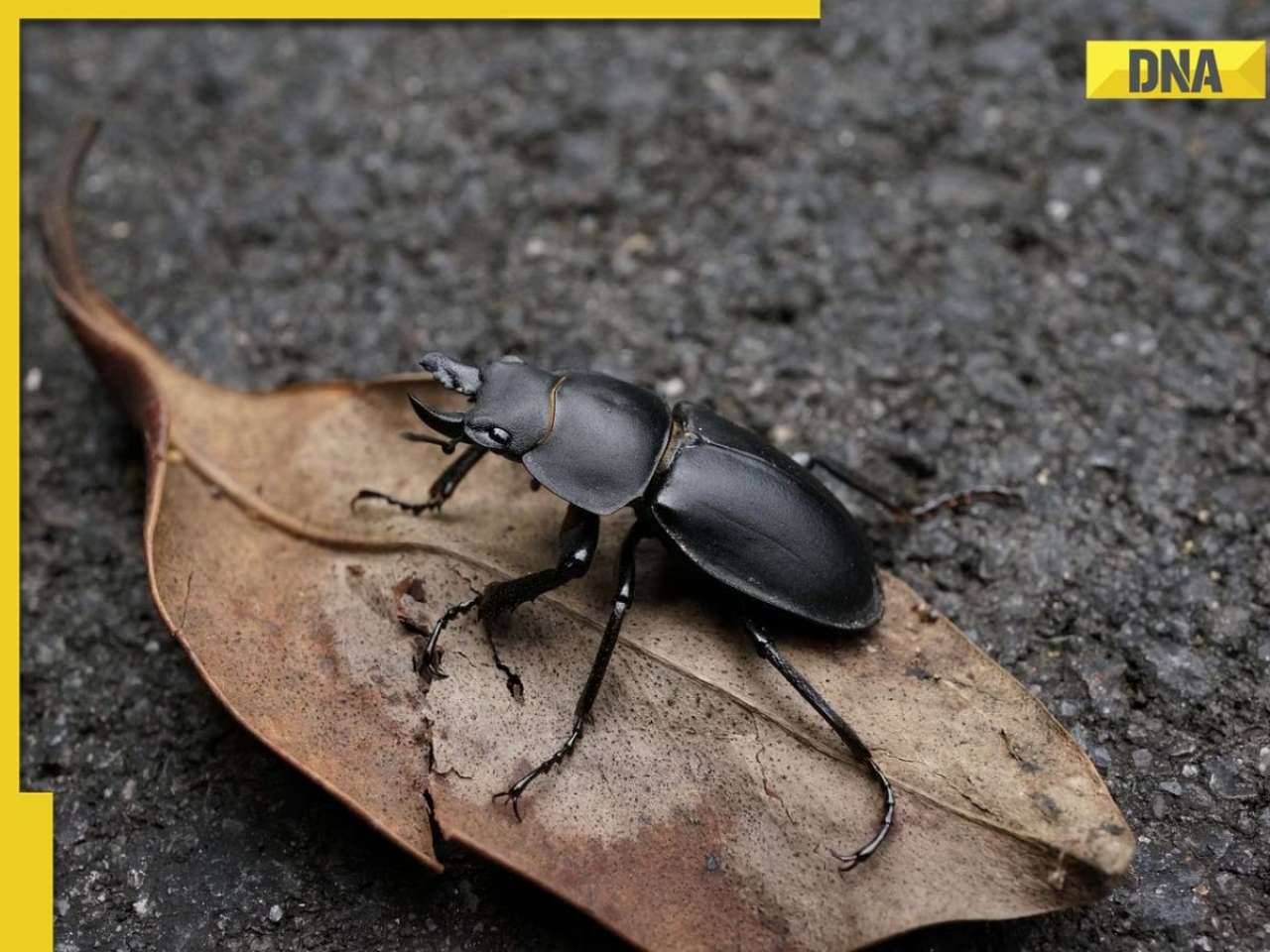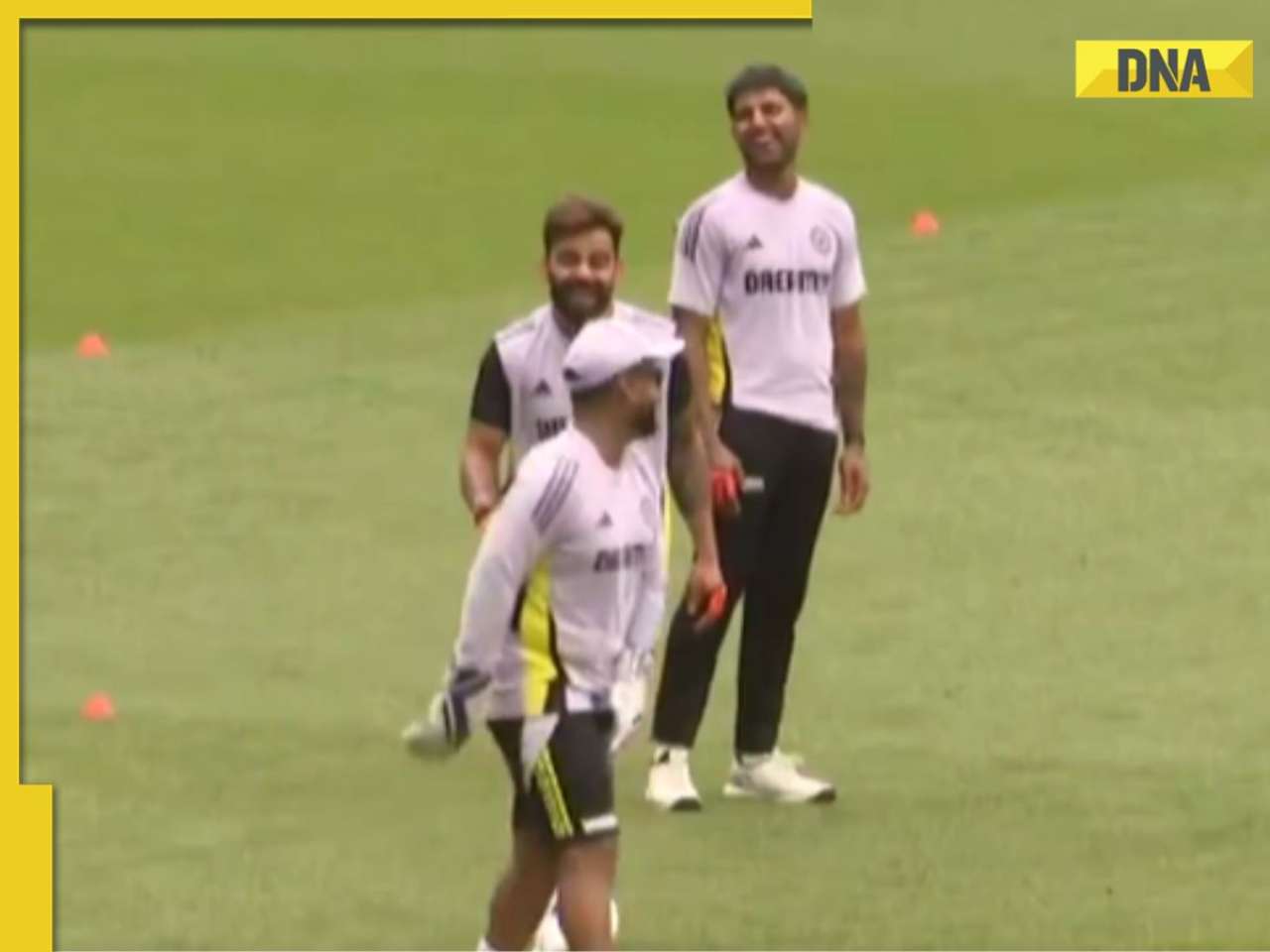- LATEST
- WEBSTORY
- TRENDING
SCIENCE
Polaris Dawn shatters records, ushers in new era of Private Space Exploration
On 12th September, two people on a SpaceX flight, entrepreneur Jared Isaacman and engineer Sarah Gillis, did the first commercial spacewalk ever at an altitude of over 700 kilometers.
TRENDING NOW
The private SpaceX mission, Polaris Dawn, which began orbiting Earth on September 10, has already achieved multiple records.
Shortly after launch, the Crew Dragon spacecraft of the Polaris Dawn mission reached an altitude of 1,400 kilometers. This is the highest orbit ever reached by a crewed spacecraft and the farthest distance humans have traveled from Earth since NASA's Apollo missions in the late 1960s and early 1970s.
On 12th September, two people on a SpaceX flight, entrepreneur Jared Isaacman and engineer Sarah Gillis, did the first commercial spacewalk ever at an altitude of over 700 kilometers.
“Back home, there’s plenty of work waiting for us, but from up here, Earth really looks like a perfect place,” said Isaacman as he leaned out of the spacecraft's hatch, getting ready for his spacewalk.
While these achievements are remarkable, what’s even more interesting to the researchers who talked to Nature is how this mission might impact the future of space science.
As more private citizens travel to space, there will be more chances to conduct experiments in microgravity and explore the limits of human space travel.
"It's likely the most exciting time in space travel since the 1960s," says Christopher Mason, a geneticist at Weill Cornell Medical College in New York City. He leads the Space Omics and Medical Atlas (SOMA), which is a key collection of health data on astronauts.
"Now we have spacesuits, spacecraft, and a mission, all coming from a private company, SpaceX. This is the first time we’re seeing this kind of independent organization in spaceflight," he said.
Civilians being able to do a spacewalk could provide more opportunities to repair scientific equipment in space.
In 2022, Isaacman suggested that NASA should use a crewed SpaceX mission to boost the Hubble Space Telescope into a higher orbit, which would help it last longer.
The telescope has been in space for 34 years and will slowly come down until it eventually burns up in Earth’s atmosphere.
NASA has rejected the proposal for now, mentioning the serious risks it could pose to both the Hubble telescope and the crew.
However, with the success of today’s spacewalk, also called an extravehicular activity (EVA), it seems more likely that a private company could handle these challenging space tasks.
"If Polaris Dawn successfully completes their commercial spacewalk, it will be a big step forward and could persuade NASA," says Laura Forczyk, executive director of the space consulting firm Astralytical in Atlanta, Georgia, to Nature.com.
In the meantime, Polaris Dawn will provide scientific results after it lands in the next few days in either the Gulf of Mexico or the Atlantic Ocean.
The mission's Crew Dragon spacecraft, called Resilience, is carrying 36 experiments from 31 different organizations in Canada, Saudi Arabia, and the United States. Many of these experiments are focused on the health of space travelers.
"We have a lot to learn," Isaacman said at a press conference on August 19. "If we ever get to Mars, we’d like to come back and be healthy enough to share our experiences with others."
Increased Crews, Increased Data
Polaris Dawn is the first of three planned missions funded and led by Isaacman, who is the CEO of the payment-processing company Shift4 located in Center Valley, Pennsylvania.
One of the aims of the Polaris program is to support the human spaceflight goals of SpaceX, a company based in Hawthorne, California.
The third Polaris mission will be the first crewed flight of SpaceX's Starship, a fully reusable mega-rocket. NASA plans to use this rocket to send astronauts to the Moon's surface in the coming years as part of its ambitious Artemis program.
Before moving on to those missions, Polaris Dawn is testing some fundamental aspects. For starters, it introduced SpaceX's EVA suit, which is the company's first suit made to keep people safe in the vacuum of space.
Gillis and Isaacman wore the suits during their spacewalk. "We understand," Isaacman said at the August 19 press conference, "that one day, someone might wear a version of this suit while walking on Mars."
Another goal of the mission is to monitor the health of the crew members on board. "Spaceflight puts a lot of stress on the body," says Jimmy Wu, the deputy director of the Baylor College of Medicine’s Translational Research Institute for Space Health (TRISH) in Houston, Texas. This institute collects medical data on commercial space travelers, including the crew from Polaris Dawn.
How the Body Adapts to Space ?
Gabel’s team plans to take high-resolution X-rays of the wrists and ankles of the Polaris Dawn crew after they return to Earth. This will help them study how a few days of microgravity may have impacted their bone structure.
Her earlier research on astronauts who have stayed on the International Space Station revealed that spending months in microgravity can weaken the inner structure of weight-bearing bones, like those in the legs. This damage doesn’t completely heal, even after a year back on Earth.
Several researchers are also studying Polaris Dawn to learn more about spaceflight-associated neuro-ocular syndrome (SANS), a condition where astronauts suffer permanent vision changes or even damage to their eyesight.
Scientists think that SANS, or Spaceflight Associated Neuro-ocular Syndrome, is caused by fluid that builds up in the eye. On Earth, gravity helps this fluid drain away, but in space, that doesn't happen the same way.
The Polaris Dawn crew is working with eye doctor Prem Subramanian and space-health researcher Allie Hayman from the University of Colorado Boulder. Each crew member is wearing a 'smart' contact lens that measures the pressure of fluid in their eyes.
Other researchers will investigate how space radiation—made up of high-energy charged particles—affects the body. They will do this by analyzing DNA, RNA, and other biological samples collected from the Polaris Dawn crew.
Importantly, Polaris Dawn is the first mission where many of these tests will be done on the same space traveler during two different missions. Isaacman also took part in SOMA and TRISH’s research when he led Inspiration4, an all-civilian orbital mission run by SpaceX in 2021.
Mason says that Isaacman is "one of the most studied people ever." He adds, "He gives us the best opportunity to learn about what happens to the body before going to space and what occurs each time someone travels to space."
(The author of this article is a Aerospace & Defence Analyst based in Bengaluru. He is also Director of ADD Engineering Components, India, Pvt. Ltd, a subsidiary of ADD Engineering GmbH, Germany. You can reach him at: girishlinganna@gmail.com)
(Disclaimer: The views expressed above are the author's own and do not reflect those of DNA)







)
)
)
)
)
)
)
)
)
)
)
)
)
)
)
)



























































